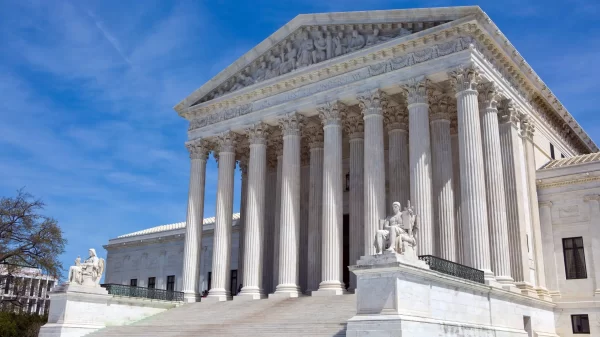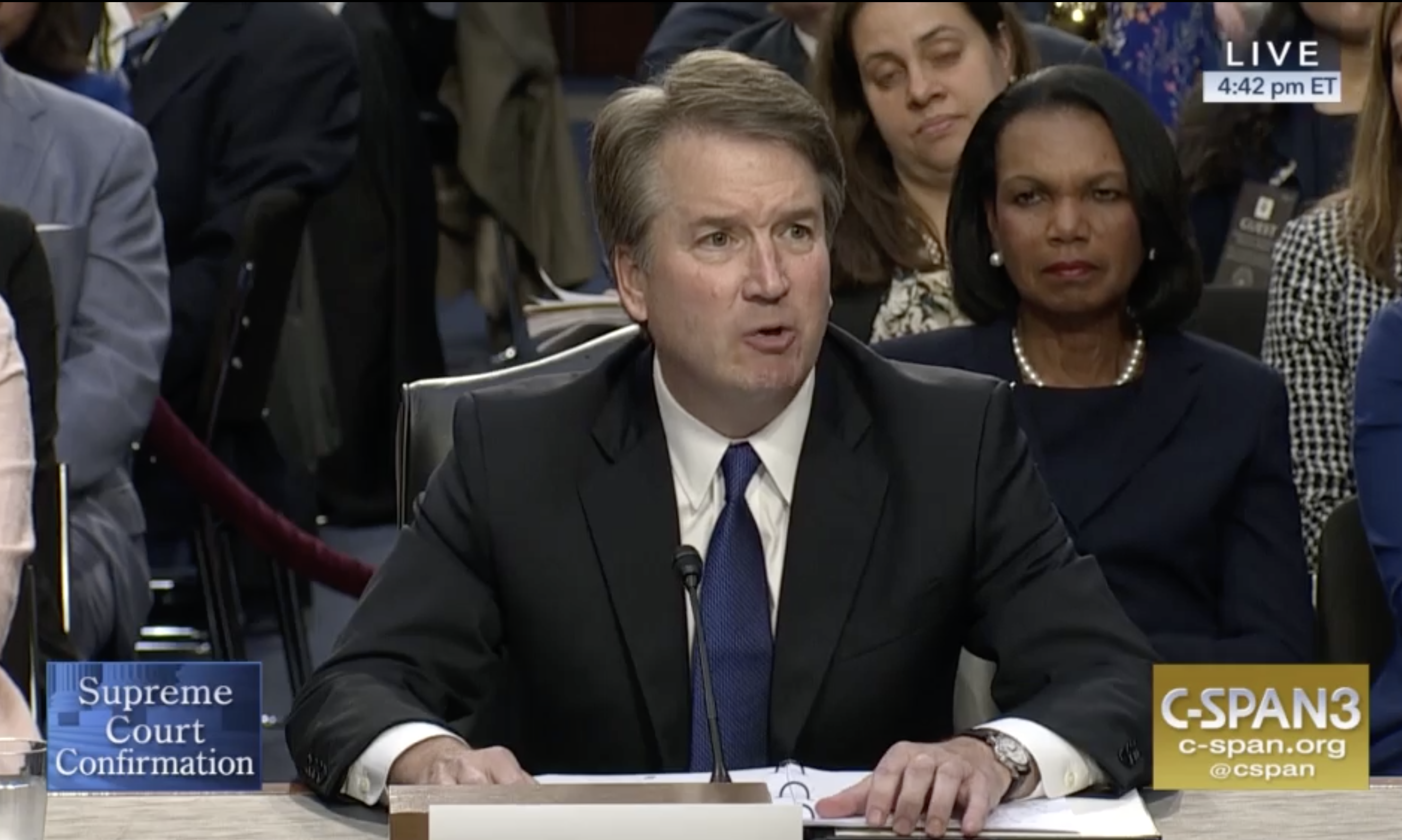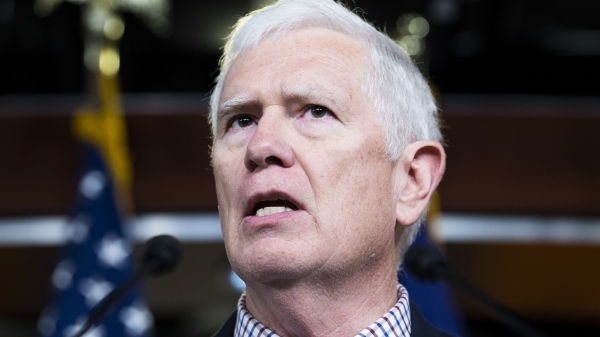By Bill Britt
Alabama Political Reporter
MONTGOMERY—In 1995, the Alabama State Legislature passed a tax incentive plan authorizing lower Premium taxes for insurance companies that met certain criteria.
The tax incentives became available under two provisions passed that year: Insurance Facility Office Credit and Real Property Investment Credit.
Under the Insurance Facility Office Credit, an insurer is allowed up to a one-percent reduction in Premium tax, based on the number of full-time office employees and by the number of offices located in the State.
The Real Property Investment Credit provision provides up to a one-percent reduction in Premium tax for insurance carriers, based on real property investment in the State.
A Premium Tax is a “pass-through” tax, much like a sales tax in that the insurer collects the tax from the client and pays it to the State without additional funds.
According to Lexis Nexis, “An insurance premium tax is a form of gross receipts or excise tax; it is not based on profits or earnings, and is not affected by the cost of ceded reinsurance or other expenditures, of an insurer.”
For the last 20 years, the primary beneficiary of these tax credits has been ALFA insurance, with over $70.6 million in Premium tax credits from 2008 to 2013.
During that same time period, ALFA has spent millions in political donations.
Proceeding the passage of the tax incentive plan that would give ALFA huge tax savings, the company’s two political action committees (PACs) would spend $2.3 million during the two years ended Jan. 31, 1995, according to a 1997 report in the Wall Street Journal.
Adjusted for inflation, that figure would be around $3.5 million in today’s dollars.
Over the years, other insurers have learned to take advantage of the Premium tax credit, but most can’t due to the language of the bill. This leaves the playing field severely tilted in one direction, according to the laws critics.
“Anytime you have a Premium tax that’s not fair to all concerned, you’re gonna hurt the citizens of the State and the companies who can’t get that Premium tax,” according to Judge Tim Russell, former Revenue Commissioner under Gov. Bob Riley and past president of Baldwin Mutual Insurance.
Judge Russell, who is perhaps the leading expert on the State’s premium tax laws, believes this is why fewer domestic companies do business in Alabama, and points out that since the passage of the bill in 1995, outside investment because of premium tax credits has never materialized:
“It could be legal, but it may not be fair. Every tax should be fair and this is why we have fewer domestic companies in Alabama today.”
Recently, Gov. Robert Bentley has proposed passing legislation to level the playing field for insurance providers which could stimulate growth while adding to the State’s ailing general fund.
Under Bentley’s Insurance Premium Tax plan the State would remove the credit for State privilege tax paid by insurance companies, the credit for ad valorem tax paid by insurers, and the office facilities and real property investment credits. The plan estimates this would increase State revenue by $25 million per year.
Judge Russell offers this analogy as to why he feels the current plan is unfair:
“If you and I go into a grocery store and you spend $1,000 and I spend $100, the sales tax should be the same. Why should you get a lower rate going through than I?”
He says, this is a simple example of State government picking winners and losers.
A comparison of insurance carriers paints a vivid picture of how Premium tax credits vary between companies. Data provided from the Department of Insurance reveals that from 2008 to 2013 ALFA and State Farm combined received a total of around $140 million compared to Nationwide who earned approximately $10 million in premium tax credits or less than 10 percent of the bigger players. From 2008 to 2013 the total for all insurance carriers receiving premium tax credits was $160.2 million.
If Premium tax credits are considered the a goldmine for profits by some it might be considered the Holy Grail for AFLA, who has profited far beyond its competitors due to the State incentives.
One of the reasons why ALFA enjoys a greater advantage under the 1995 legislation, is the company actually owns the real estate on which local ALFA offices are housed.
With other carriers, the individual agent owns or leases the office location, which impacts the Premium tax under the Real Property Investment Credit.
For example: In Mobile, ALFA has around 10 offices with 30 employees in those offices. Because of that, they are able to get a one to two percent advantage over the small agencies. In the insurance industry, two percent can mean the difference between profit and loss, especially when you multiply it year after year, Judge Russell explains.
State Farm had not taken advantage of the Premium taxes credits until around eight years ago. More recently, it used the Real Property Investment Credit provision to build a massive, new facility in Birmingham. It has been pointed out that State Farm continues to receive Premium tax credits on that building year-after-year:
“That building has already been paid for. How many times are we going to pay them for the same building?”
Judge Russell says the data shows that Premium tax credits give an unfair and unjust advantage to large insurance companies that have a lot of small offices spread out across the State, while undermining small independents.
“If you own a hardware store and you pay taxes and the hardware store downtown is subsidized and doesn’t have to pay and therefore can sell his product cheaper…those loopholes, hurt everyone and it hurts our State,” Judge Russell says.
How did it come to pass that State government began to pick winners and losers in Premium tax credit incentives?
In the 1985 US Supreme Court case Metropolitan Life v. Ward, the State’s Insurance Premium Tax System was ruled unconstitutional. The High Court found that State law violated the equal protection clause, and that a State could not charge out-of-state insurance (foreign) companies a higher premium tax than domestic insurance carriers. Prior to the ruling domestic carriers paid a rate of 3.0 percent while out-of-state carriers paid 4.0 percent
To address the US Supreme Court ruling, the State passed the Insurance Premium Tax Reform Act of 1993, which set the Premium tax rate at 3.6 on both foreign and domestic carriers.
However, in 1995, the Legislature passed the current incentive package that still, after 20 years, offers huge tax benefits to the wealthiest and most politically active insurance carriers in the State.




















































